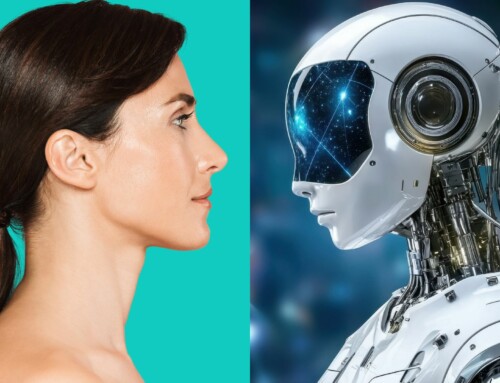Mankind has achieved a lot in terms of technological advancement, especially in the 21st century. For example, eighty years ago, a computer was the size of a room. Today it fits in a pocket. On the one hand, technology makes our lives easier. On the other hand, many jobs that used to be done by humans are now done by machines or robots. Only a tiny group of people can say they’re not afraid of losing their job to a robot at some point because of how fast technology is developing. Is the situation similar in the healthcare sector?
Is it possible for a robot to replace a caregiver?
If the question is theoretical, then the answer is yes. Even at this time, such robots exist. There are service robots, such as the Care-o-bot, which can perform standard tasks, move objects and move autonomously. Then there are robots like Garmi or Pepper that can communicate. There are even robots that make lifting equipment obsolete. Elevon can lift patients and cope with heavy physical work.
However, as this is a relatively new technology, it comes at a price. For example, the Care-o-bot will cost you around 250,000 euros. And in case you also need a robot for lifting and having conversations, it gets quite expensive.
Moreover, keep in mind that these are some of the first such robots on the market. Remember the first smartphones? They were slow, had limited features, and were not very convenient to use. When it comes to technology, it’s usually the same for everything. The first models will be helpful, but they wouldn’t be what you imagine when buying a robot that should be able to take care of a senior.
Why is a caregiver better than a robot?
Let’s say money is not our concern and talk only about the quality of the provided services. A robot will never forget the senior’s medication, can’t have a bad day or a bad mood. But a robot cannot give you affection. Robots cannot recognize the expressions of a person that needs emotional support, or just wants to be left alone for an hour. They only perform tasks. On the other side, caregivers not only help a senior with the things they cannot handle on their own. They are a friend and companion. And that’s something a robot can’t do. At least not yet.
The best of both worlds
Even if a robot can’t replace a caregiver, it can still be incredibly useful. For example, about 4 out of 5 people have lower back pain at some point in their lives. For some people, it is chronic. This means that many are unable to work as a caregiver because they cannot lift heavier objects, one of the most commonly performed tasks by caregivers. Having an Elevon at home solves that problem, and you can choose a caregiver based on experience and ability to provide emotional support instead of the weight they can lift.

And even if you aren’t interested in buying a robot that does the heavy lifting, there are plenty of gadgets that can make life easier for both the patient and the caregiver. Last week, we wrote about how to provide seniors with tablets and teaching them how to use them. We highly recommend reading it. You can really achieve a lot by having the right gadgets in your household.
To sum up, robots are the future, but having a person by your side cannot be replaced even by the most advanced machine. But they can work hand in hand. That way seniors can get the best care possible.
Do you think robots will replace caregivers? If so, when will it happen? Share your thoughts in the comment section below.







